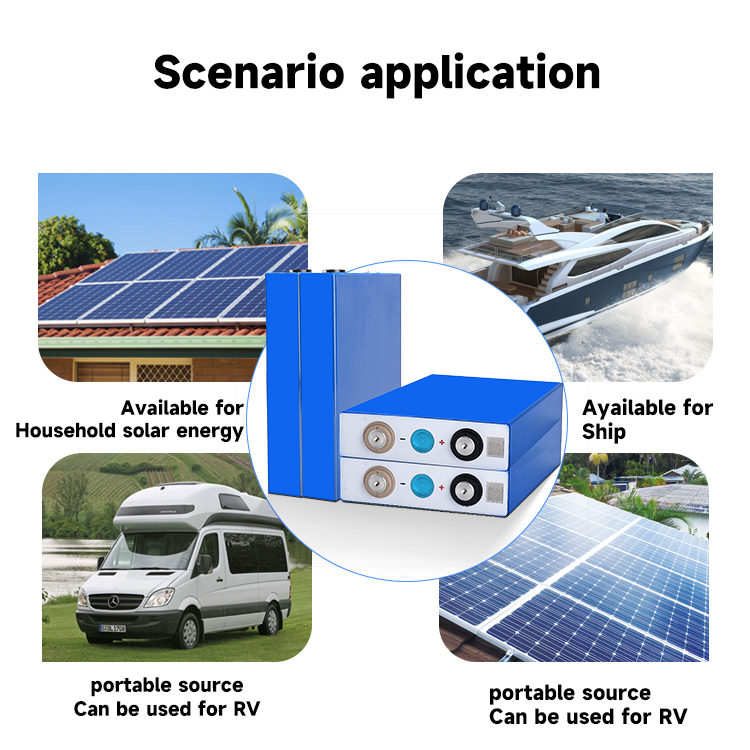

The charging speed of electric vehicles is closely related to the charger power, battery charging characteristics and temperature. Under the current level of battery technology, even fast charging takes 30 minutes to charge to 80% of the battery capacity. After 80% is exceeded, the charging current must be smaller to protect the safety of the battery, and the time to charge to 100% will be longer.
The charging speed of electric vehicles is closely related to the charger power, battery charging characteristics and temperature. Under the current level of battery technology, even fast charging takes 30 minutes to charge to 80% of the battery capacity. After 80% is exceeded, the charging current must be smaller to protect the safety of the battery, and it will take a longer time to charge to 100%. In addition, when the temperature is lower in winter, the battery requires less charging current and the charging time becomes longer.
Fast charging and slow charging of electric vehicles: Why are there two charging modes?
We understand that a car can have two charging interfaces. This is actually because there are two charging modes: constant voltage and constant current. Generally, constant current and then constant voltage are used, so that the charging efficiency is relatively high. The reason why fast charging is fast is due to the difference in charging voltage and current. The larger the current, the faster the charging. When it is almost full, switch to constant voltage, which can prevent the battery from overcharging and also protect the battery.
Fast vs. slow charging for electric vehicles: Why hasn’t fast charging replaced slow charging yet?
Low temperature lithium iron phosphate battery 3.2V 20A -20℃ charging, -40℃ 3C discharge capacity ≥70%
Charging temperature: -20~45℃ -Discharge temperature: -40~+55℃ -40℃ Support maximum discharge rate: 3C -40℃ 3C discharge capacity retention rate ≥70%
Click for details
The charging current and power of slow charging are relatively small, which is better for battery life, and the charging cost is low during low peak power consumption. Fast charging will use larger current and power, which will have a great impact on the battery pack and its lifespan. Fast charging also requires supporting equipment, such as converting AC to DC, which increases the cost.
Fast charging and slow charging of electric vehicles: What should you pay attention to when maintaining electric vehicles in winter?
At present, most vehicles use lithium-ion batteries. At lower temperatures, the performance of lithium-ion batteries will decline to varying degrees, which is manifested as smaller charging currents and discharge currents, and reduced battery capacity. In extreme cold conditions, it may even fail to charge. Driving a vehicle in winter will use warm air, which increases the vehicle's power consumption and reduces the vehicle's driving range.
When using an electric vehicle in winter, it is normal for the charging time to become longer and the vehicle's driving range to become shorter. During use, the vehicle should be charged immediately after it is stopped. The residual temperature of the battery can be used to charge faster; when planning a trip, full consideration should be given to the reduced driving range of the vehicle in winter.
The charging speed of electric vehicles is closely related to the charger power, battery charging characteristics and temperature. Under the current level of battery technology, even fast charging takes 30 minutes to charge to 80% of the battery capacity. After 80% is exceeded, the charging current must be smaller to protect the safety of the battery, and it will take a longer time to charge to 100%. In addition, when the temperature is lower in winter, the battery requires less charging current and the charging time becomes longer.
Low temperature and high energy density 18650 3350mAh-40℃ 0.5C discharge capacity ≥60%
Charging temperature: 0~45℃ Discharge temperature: -40~+55℃ Specific energy: 240Wh/kg -40℃ Discharge capacity retention rate: 0.5C Discharge capacity ≥ 60%
Click for details

Popular recommendation
3.7v 3000mah 18650 battery.Italy has developed a semi-solid lithium-oxygen battery that can be "
2023-10-08LR521 battery!How to solve the protection obstacles of 3842 circuit
2023-10-08Nickel Hydride No. 5 battery.Series lithium battery balanced charging battery pack protection board
2023-10-09AG13 battery!Siemens sets up energy storage battery research center to cooperate with Tianmu Lake Re
2023-10-08AG3 battery!How should my country develop in the face of the leading fuel cell technologies of Japan
2023-10-08What should be paid attention to when assembling lithium batteries
2022-11-04R03 Carbon battery.Lithium battery manufacturers teach you 18650 lithium battery maintenance methods
2023-10-09AG12 battery!Power battery technology is becoming increasingly diversified, and ternary lithium batt
2023-10-08AG9 battery.Germany develops new sensor technology to reduce weight and cost of lithium-ion batterie
2023-10-14cr2032 button battery.Detailed introduction to the classification, advantages and breakthroughs of n
2023-10-08Classification of ternary lithium ion batteries
2022-11-25How to improve the energy density of lithium battery...
2022-06-13